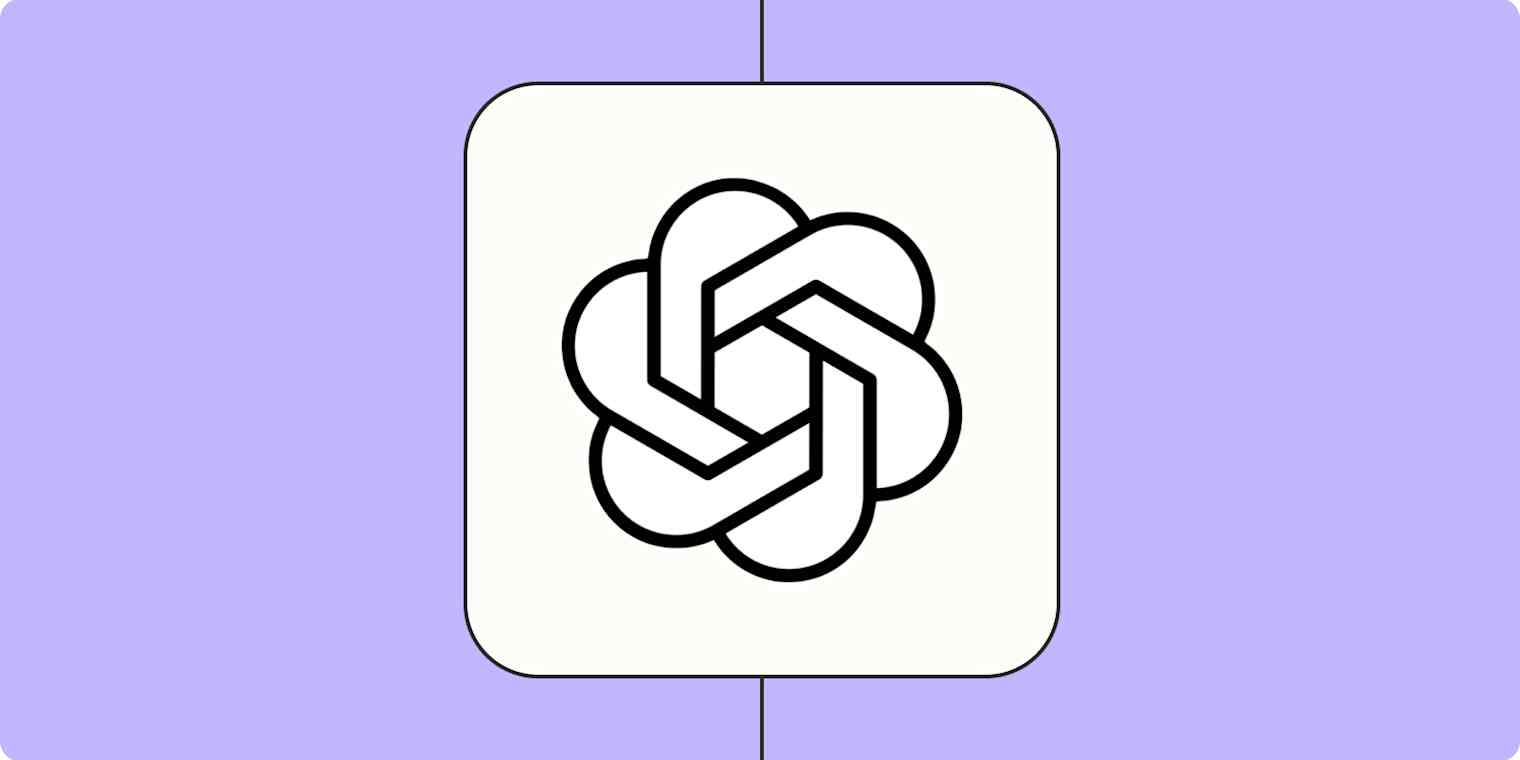App tips
5 min readHow to use ChatGPT to summarize an article
By Jessica Lau · July 24, 2024

Get productivity tips delivered straight to your inbox
We’ll email you 1-3 times per week—and never share your information.
Related articles
Improve your productivity automatically. Use Zapier to get your apps working together.








